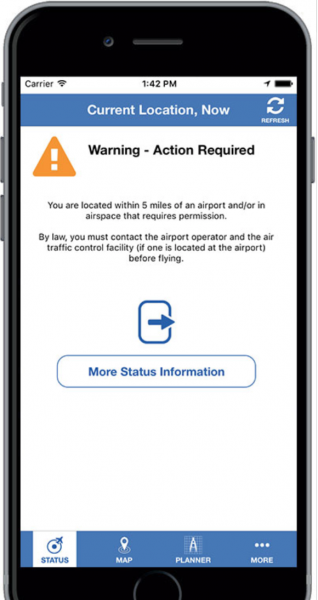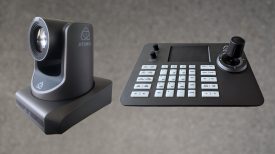
The latest FAA report on drone sightings (data covers February through September 2016) which covers pilot, air traffic controller, law enforcement and citizen reports of potential encounters with unmanned aircraft systems (UAS), has found that drone sightings to FAA air traffic facilities continued to increase during 2016. There were 1,274 such reports from February through September last year, compared with 874 for the same period in 2015.
The latest FAA report appropriately notes that every sighting is a “potential encounter”. It also notes that every FAA investigation of an alleged collision between a drone and a traditional aircraft has determined the cause to be birds, ground hazards such as wires and posts, or unrelated structural failures – not a drone.
In 2016 the FAA implemented changes that opened America’s skies to safe, lawful and authorised drone use for professional purposes. With the new laws came mandatory registration for drone owners, and this looks to have had the positive effect of safer flying for the most part. Even though the FAA report didn’t find any direct drone strikes on aircraft, there have still been numerous instances of drones being used inappropriately. Just last month a drone crashed into the Seattle Space Needle.
With the number of drones being used for personal and professional purposes set to almost double this year the FAA wants to send a clear message that operating drones around airplanes and helicopters is dangerous and illegal. Unauthorized operators may be subject to stiff fines and criminal charges, including possible jail time.
Although not part of the report because it happened outside the US, a drone was initially reported to have collided with a Boeing 737-700 jet plane on January 6 this year when it was coming into land at Mozambique airport. The aircraft, which belongs to Linhas Aéreas de Moçambique, was approaching the capital of Tete with 80 passengers on board when the incident occurred. Although no one was hurt the 737-700 suffered damage to the right-hand side of its nose dome and fuselage. Update: It turns out that a drone was not to blame for the incident after Mozambique’s Civil Aviation Authority concluded the radome most probably failed as result of a structural failure caused by air flow pressure. They also ruled out that foreign object damage was a possible cause.

“Reputable analyses of FAA data show that many ‘possible drone sightings’ turn out to be perfectly legitimate drone flights, or objects that clearly are not drones, and we expect these latest reports will show the same pattern,” said Kara Calvert, Director of the Drone Manufacturers Alliance (a coalition drawn from the drone industry, including 3DR, DJI, GoPro and Parrot). “The Drone Manufacturers Alliance expects all our members’ customers to fly safely, responsibly and far away from airplanes and helicopters. That’s why our members are constantly developing new technology to enhance safety, while working closely with the FAA and promoting its Know Before You Fly campaign to encourage educated flight.”
“This report is another example of how claims of potential drone sightings need to be considered carefully and in a proper context,” Calvert said. “We are committed to ensuring drones are used safely and responsibly, even as age-old hazards such as birds and wires remain far more prevalent in America’s skies.”
Despite the Drone Manufacturers Alliance’s positive take on the report, the FAA still receives over 100 reports each month of drones being used inappropriately. The FAA has levied civil penalties for a number of unauthorized flights in various parts of the country, and has many open enforcement cases. The FAA encourages the public to report unauthorized drone operations to local law enforcement and to help discourage this dangerous, illegal activity.
With the number of registered drones in the USA now exceeding 670,000 according to the Federal Aviation Administration, the number of reported incidents is proportionally pretty small. Even though it looks like the majority of drone owners are doing the right thing, all it takes is one person to cause a major incident for drone laws and regulations to be changed.





